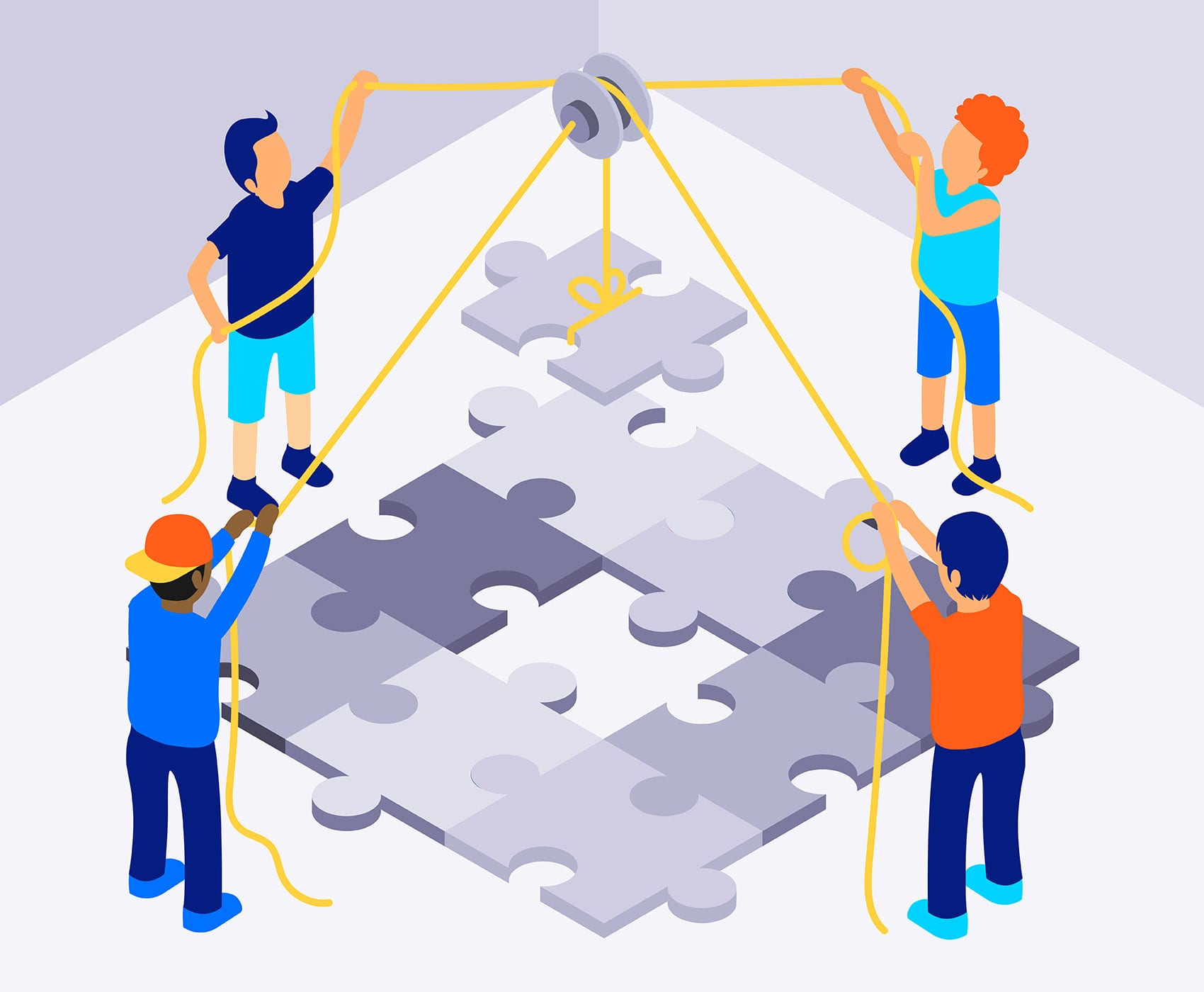
Building Your Team
Roles of Team Members
The size and members of a healthcare team will vary from place to place. Some Medicaid Health Homes might have five team members, while others might have two team members. The role of each team member may vary slightly due to who is on the team, however some aspects of each team members' role remain constant. Explore the South Dakota Team-Based Care Toolkit below which helps define team member roles:Additional Resources for Team Members:
- The Primary Care Team Guide
- AHRQ's TeamSTEPPS for Primary Care
- Core Principles and Values of Team-Based Care
Communication & High Functioning Team Best Practices
Communication and clear planning are key components of a high functioning healthcare team. Team members should have a clear understanding of not only their role and responsibilities, but also the different roles and responsibilities of their team members. The South Dakota Team-Based Care Toolkit provides examples of communication and planning best practices that can bring your team to the next level, including:
- Creating High Functioning Teams
- Examples of team member roles
- Team huddles: Making a game plan for the day
- Team huddle strategies
- Dealing with different types of people in team meetings
Incorporating Non-Physician Team Members
The South Dakota Team-Based Care Toolkit can help guide you in how to best incorporate team members, especially non-physician team members, into your team. This includes behavioral health specialists, pharmacists, social workers, dieticians, case managers, care coordinators, and other team members. The toolkit can help you to develop the best team structure for your Health Home and learn more about the following topics:
- Getting Started with Team-Based Care
- Levels of team-based care
- Core principles for team-based care
- Core concepts for team-based care
- Suggested steps to build a patient care team
- Guide to improving patient safety by engaging patients and families (AHRQ) Patients' roles on health care teams
Additional resources:
Remote and Telehealth Resources:



